Secrets of growing snapdragon outdoors
An unpretentious, but bright and graceful snapdragon is the choice of many gardeners. This herbaceous plant blooms in the first year after planting, goes well with other herbs and is ideal for decorating the site.
Plant features
Snapdragon, or antirrinum, is a herb or shrub. The height of straight stems ranges from 15 cm to 1 m. They intertwine and form a low pyramidal bush.
The main decorative value of a plant is its flowers. They have an irregular shape, due to which antirrinum received the figurative names "snapdragons", "mouths", "dogs". Flowers are collected in spike-shaped inflorescences and emit a pleasant honey aroma. Shades of snapdragons: white, yellow, pink, many shades of red, there are also bicolor and tricolor varieties.
In nature, snapdragon is a perennial plant, but in gardens it is grown as an annual. Budding occurs in the year of planting and lasts three months, each flower lasts about 12 days. With proper farming techniques, antirrinum can overwinter and bloom again.
The best varieties for the site
Interestingly, all varieties of snapdragon descended from one species called antirrinum large. In large-flowered varieties, one feature is well expressed: if you click on a flower from the side, it will open like a mouth. In dwarf varieties, this is almost imperceptible.
The main groups of the large antirrinum species:
- Tall varieties reach 110 cm and weakly branch, have large inflorescences.
- Medium-sized, or semi-tall - these are well-branched and more robust herbaceous plants. The height of the varieties is from 20 to 60 cm.
- Low-growing snapdragons do not exceed 30-40 cm in height. Inflorescences are small, but the bush branches very well. The varieties of this group are mostly early flowering.
- Dwarf flowers barely rise above the soil, their growth is 15-20 cm.
Among the tall varieties, it is worth highlighting:
- The Rocket group, which is characterized by double flowers: Rocket Lemon - light green, Rocket Orchid - a shade of lavender, Rocket Golden - golden-green inflorescences on tall stems, Rocket Bronze - pink salmon flowers with yellow.
- The Tip Top group, which is interesting for its variegated color and bordering, for example, Tip Top Irma pink petals and yellow border.
- Brilliantrosa is an early flowering variety with large leaves and deep pink buds.
Group of medium-sized snapdragons:
- Black Prince is a 50 cm tall bush with dark foliage, almost black shoots and maroon flowers.
- Defiance is a bush with rare inflorescences formed by multi-colored flowers: pink, yellow and orange.
Low-growing and dwarf varieties:
- Crimson Velvet is a dense herbaceous plant 30 cm high, has bright red and rather large inflorescences for its group.
- Schneeflocke is the owner of fine white flowers and elongated leaves.
- Tom-Tumb is a dwarf globular bush 20 cm high. The short but very dense inflorescences are formed from lemon flowers, each of which has a speck.
A separate group is formed by ampelous varieties of snapdragons, which are grown in flowerpots and used to decorate balconies. These varieties have long drooping shoots that hang gracefully from hanging baskets and stands. A popular ampelous variety is Lampion.
Sowing seeds for seedlings
In warm regions, snapdragon seeds are sown directly into the ground, they germinate in 2.5-3 weeks.But if the spring warmth comes gradually, alternating with nighttime cold snaps, then flower seeds are grown at home using the seedling method.
Stages of work:
- The time for sowing seeds is March-April.
- Planting containers must be at least 10 cm in diameter. Drainage holes at the bottom are required.
- A layer of coarse-grained sand is poured down, the remaining volume is filled with soil. It is better to purchase a substrate for germinating seeds in a specialized store, it should be loose and nutritious.
- The seeds are mixed with sand and the soil is spread in a thick, but not too dense layer, then lightly pressed.
- Using a strainer, sprinkle the seeds with a thin layer of substrate.
- The soil with seeds is moistened with a spray bottle and covered with a transparent film, creating a greenhouse.
For the emergence of seedlings, it is necessary to maintain a temperature of + 20-23 ° C, moisten the substrate daily and remove condensation from the shelter. After the appearance of the first shoots, the film begins to open for a short time, thereby hardening the young plants. The time without shelter increases every day, and when mass shoots appear, the film is completely removed.
Seedling care, picking
Further care of the seedlings:
- The sprouts will develop very slowly at first, but that shouldn't scare the grower. Some of the stems will droop. They must be carefully removed with tweezers, and the place where they grew should be sprinkled with crushed coal or calcined river sand.
- The soil must be constantly moistened, but excess moisture must not be allowed. Watering is carried out in the morning.
- The seedlings are stored in a bright place. With a lack of light, the sprouts will begin to stretch and deform. Sunlight should be diffused, direct rays harm fragile stems.
- The pick is carried out about a month later, when the sprouts have two true leaves. Separate boxes are selected for the free growth of the snapdragon. Small stems can be placed 2-3 in one pot.
- When the shoots reach 10 cm and 4-5 leaves appear on them, pinch the top of the central shoot. This will produce more lush bushes. If the side shoots begin to bush strongly, they are also pinched.
- After picking, the seedlings are provided with a bright, but diffused light, the window is opened every day so that the seedlings are prepared in advance for growing in the open field. In this case, the boxes should not be left under a draft.
Transplant to open ground
Outdoor planting takes place in late spring or early June. The exact time depends on the characteristics of the region. The risk of nighttime frost should be kept to a minimum so that young snapdragons do not die.
Requirements for the place of cultivation on the site:
- The flower should not be exposed to drafts.
- There should be enough light, light shading is allowed.
- The soil for abundant flowering is loose and nutritious, with neutral acidity. It is prepared independently by mixing peat, sand and compost in equal proportions.
- If the varieties are tall, the bushes are placed at a distance of 40-50 cm from each other. The interval between medium-sized varieties is 30 cm, between dwarfs - 15-20 cm.
- Planting is carried out in moist soil.
Before moving the seedlings, it is necessary to additionally harden. In about a week, airing through the window is replaced with "walks": the boxes are taken out into the street and left for several hours. This should be done in warm weather. Prepared seedlings will be stronger, they will be able to withstand night frosts.
Flower care in a flower bed
Growing in the open field is reduced to the following works:
- The soil should be kept moist and loosened periodically. Watering is carried out in the morning at the root. These procedures are sufficient for the normal development of flowers.
- Weeds are best removed: they take nutrients from the crop and spoil the composition of the flower bed.
- If the variety is tall, it must be tied to a support so that the stems do not deform under their own weight or from the wind.
- It is not necessary to feed the plant, but it helps the snapdragon flower more abundantly and feel better. Fertilizers are applied when the seedlings are completely fixed in the soil, organics are usually used first. The second feeding is carried out with the beginning of budding, phosphorus and potassium preparations.
If you give your snapdragon extra care, it will bloom longer. To do this, all wilted buds are removed so that the plant does not waste energy on seed formation. As soon as the last flowers have withered, the arrow is cut to the very bottom. So new arrows and inflorescences will appear.
If there is a desire to preserve the snapdragon for the next year, then in the fall after the end of flowering, the aerial part is cut off, leaving only 5-8 cm of the stem. The plot is mulched and insulated with sawdust, peat and dry foliage. This shelter will nourish the rhizome and protect it from frost.
Growing problems
With improper care, snapdragons are affected by fungal diseases: black leg, gray rot, septoria. All infected flowers must be dug up and burned by the roots, and the soil must be treated with a fungicide.
The main pests of antirrinum: scale insects, butterflies, caterpillars, fly larvae. All damaged parts of the plant are cut off, the rest of the plantings are treated with insecticide preparations.
Diseases are easier to prevent than to cure, so take preventive measures:
- Do not water the bushes on the leaf, direct the water strictly to the root.
- Water in moderation.
- Do not forget about good drainage and soil mulching.
- Do not place plants too close to each other.
- Dig up the area in the fall and burn all plant residues.
Snapdragon in landscape design
How to incorporate snapdragon into your garden composition:
- as a curb plant;
- for decorating balconies, terraces (ampelous forms);
- as a member of a multi-tiered flower bed;
- for compiling discounts from annuals;
- on a smooth green lawn.
With which plants in the flowerbed will the snapdragon grow comfortably:
- mint;
- sage;
- cosmeya;
- nasturtium;
- marigold;
- sea alissum;
- chrysanthemum;
- spherical conifers.
Advice
Snapdragons, especially tall ones, are ideal for bouquets. Inflorescences do not lose their freshness up to 2 weeks. It is better to cut off shoots on which some of the flowers in the inflorescence have blossomed, and most are closed.
Growing snapdragons is a simple and fun task. These flowers are often preferred by novice gardeners. Graceful "mouths" will refresh any flower arrangement, smell nice and stay in bouquets for a long time.

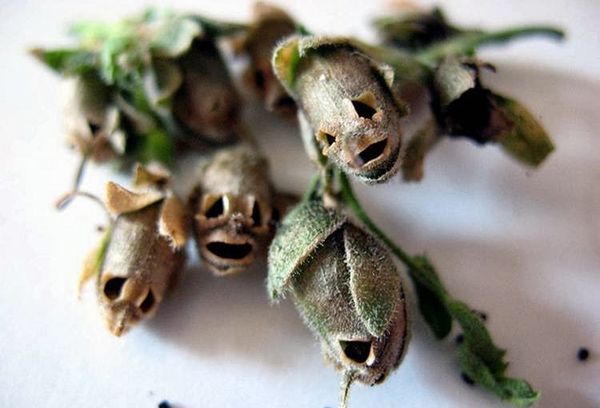

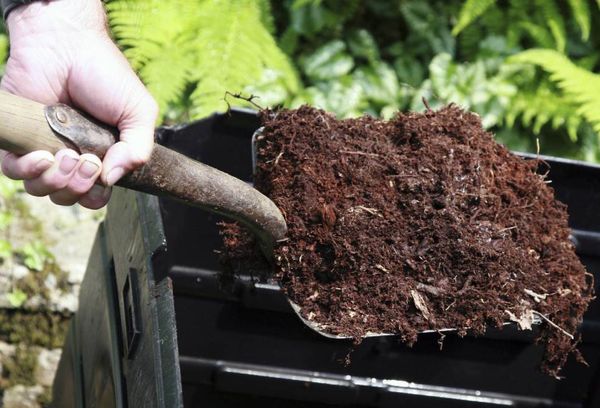
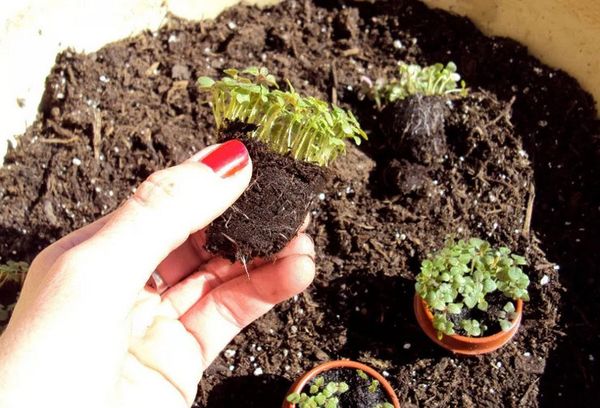
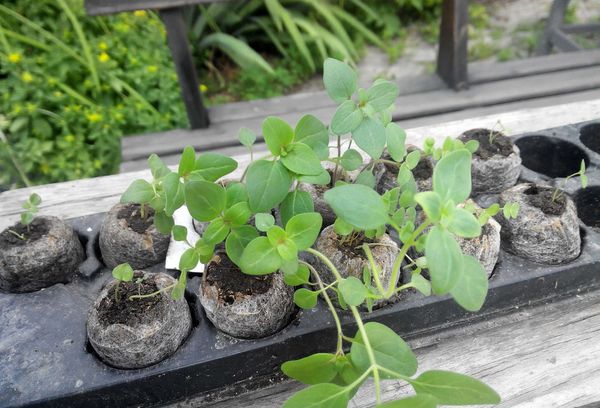

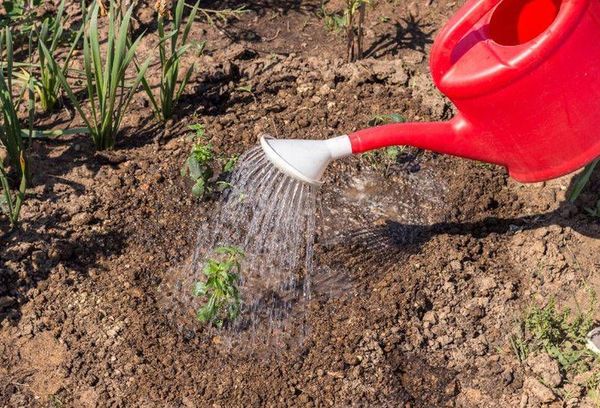
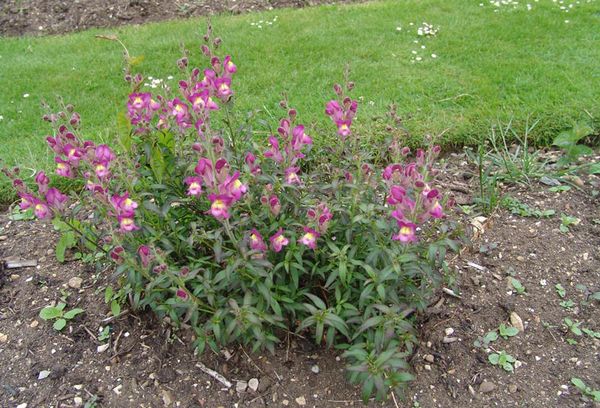

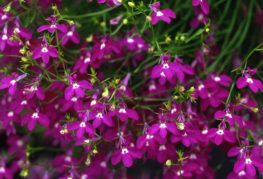
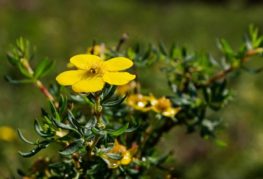

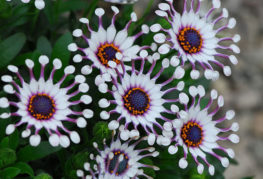

and will be published shortly.